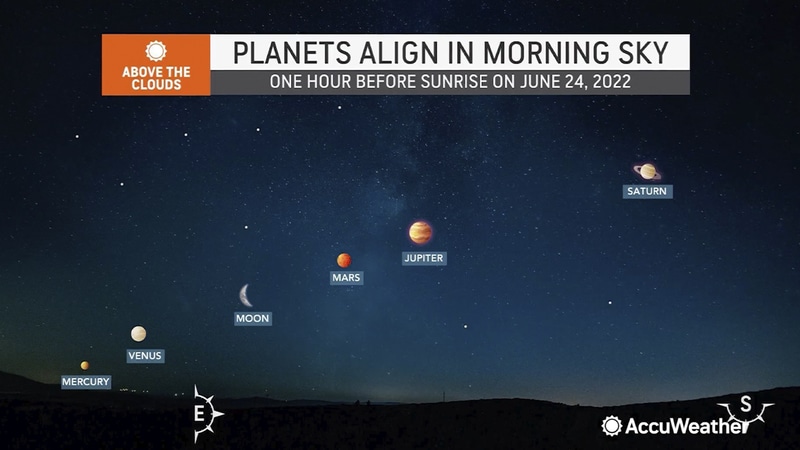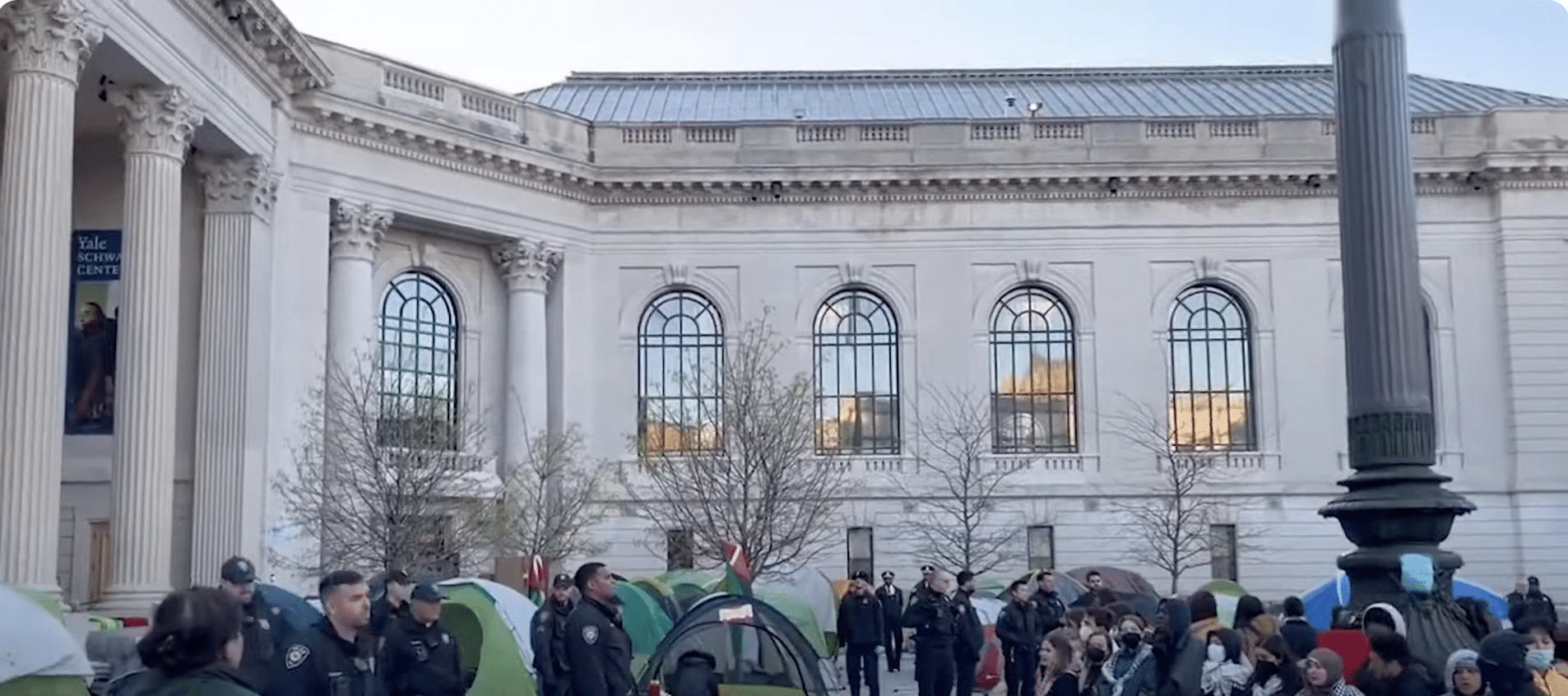According to a report from Accuweather, This rare planetary parade has not been seen since 2004 and won’t happen again like this until 2040 — and the best time to catch it will be just days after the summer solstice.
A rare planetary alignment that won’t occur again for nearly two decades has taken shape in the night sky, and while it will remain visible through the end of June, viewing the spectacle may be tricky and could require losing some sleep.
Mercury, Venus, Mars, Jupiter, and Saturn have lined up in the early morning sky, a planetary procession that can be seen above the eastern horizon every morning through the end of June. This long-lasting event will give early risers plenty of opportunities to enjoy the sights of the planetary quintet.
The last time that all five of these planets were visible in the night sky at the same time was in 2004, the same year that Facebook was created and three years before the first iPhone was released, according to Sky & Telescope magazine.
A telescope is not required to see this month’s unique grouping of planets, but it could still be difficult to spot all five, even if the weather is perfect.
The parade of planets will be best seen about 45-60 minutes before sunrise on cloud-free mornings through the end of the month. Since June features some of the earliest sunrises of the entire year, this translates to heading outside before 5 a.m., local time, to look skyward.
Mercury is the most elusive of the planets that can be seen with the naked eye due to its close proximity to the sun. The tiny planet will remain very low on the horizon, so seeing it requires an unimpeded view of the eastern horizon as trees, buildings and mountains all could potentially get in the way.
Venus will be a guide to spotting Mercury, glowing brighter and appearing just above and to the right of the closest planet to the sun. Mars, Jupiter and Saturn will be much easier to find as they will be higher in the sky.
Although the five planets will appear in a straight line across the sky, this is just what they look like from the perspective of the Earth. In reality, the planets are spread far apart across the solar system.

















